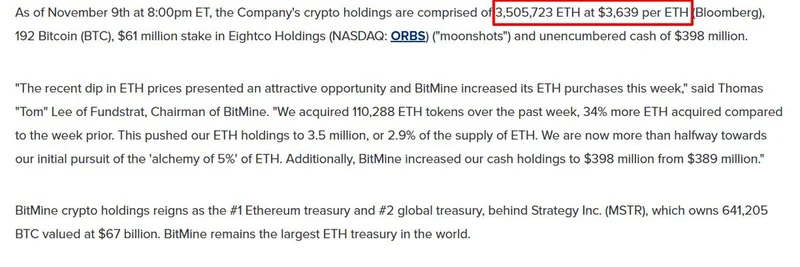Hey there, crypto enthusiasts! If you're into blockchain tech and meme tokens, you've probably seen how token burns can supercharge a project's economy. Recently, BSCNews dropped a tweet highlighting the $ION token from @ice_blockchain, and it's got some fresh twists on creating a deflationary setup. Let's break it down in simple terms, based on their in-depth article.
What’s the Buzz About $ION Token Burns?
The tweet from @BSCNews teases: "🔥 UNDERSTANDING $ION TOKEN BURNS - @ice_blockchain's native token looks to create a deflationary economy in some very unique ways..." And it links to a piece on bsc.news that dives deep into Ice Open Network's approach. $ION isn't your typical meme token—it's the native crypto of Ice Open Network, a platform that's all about building decentralized apps (dApps) with social features. But the deflationary mechanics here could inspire meme projects looking to add real utility.
Deflationary economy? That's when a token's supply decreases over time, potentially increasing its value as demand stays steady or grows. Ice Network achieves this through smart token burns tied to everyday user actions.
The ION Framework: Chain-Agnostic Magic
At the heart of this is the ION Framework—a toolkit that lets dApps run on over 20 blockchains like Bitcoin, Ethereum, BNB Chain, Solana, and more. This covers about 95% of the token market! It means projects on any chain can plug in and get tools for monetization, chats, and social hubs without being locked to one network.
Why does this matter for burns? Every interaction in these dApps can trigger a burn, making $ION scarcer no matter where the action happens. It's not just hype; it's usage-driven deflation.
How the Token Burns Actually Work
Here's the cool part: When users do stuff like tipping creators, boosting posts, or interacting with ads in ION-powered dApps, a small fee kicks in. This fee gets split 50/50:
- 50% burns the project's native token right on its own chain, reducing supply and potentially pumping value.
- 50% goes to the ION Ecosystem Pool, which funds rewards for creators, affiliates, and network nodes.
Even ad views trigger micro-fees with the same split. No big friction for users, but steady burns for the tokens involved.
Take a real-world example: Imagine a gaming dApp on Solana using the ION Framework. Players tip streamers or boost clips—a fee is collected, half burns the game's token, half boosts the ION pool. Win-win: More engagement, less supply, and rewards flowing.
Scaling Deflation Beyond One Chain
Ice Network's own app, Online+ (a decentralized social platform with over 70 partnerships), is set to launch soon and will drive internal burns. But the real scalability comes from external dApps. As more projects integrate, the ION pool grows, enabling staking rewards in $ION and more burns.
This creates a flywheel: More usage across chains means more deflation for $ION, even if the activity's on Solana or Ethereum. It's a smart way to build scarcity through real adoption, not just memes or pumps.
Why This Matters for Meme Tokens and Blockchain Fans
For meme token creators, $ION's model shows how to blend social features with burns for lasting value. Instead of one-off burns, tie them to user actions—think tipping viral memes or boosting community posts. It could turn fleeting hype into a sustainable economy.
Ice Open Network is positioning $ION as a Web3 powerhouse, challenging centralized social media with decentralized rewards. With staking already live, it's worth watching how this evolves.
If you're building or investing in meme tokens, keep an eye on cross-chain innovations like this. They could be the key to the next big thing in crypto. What do you think—could $ION inspire the next deflationary meme sensation? Drop your thoughts in the comments!




